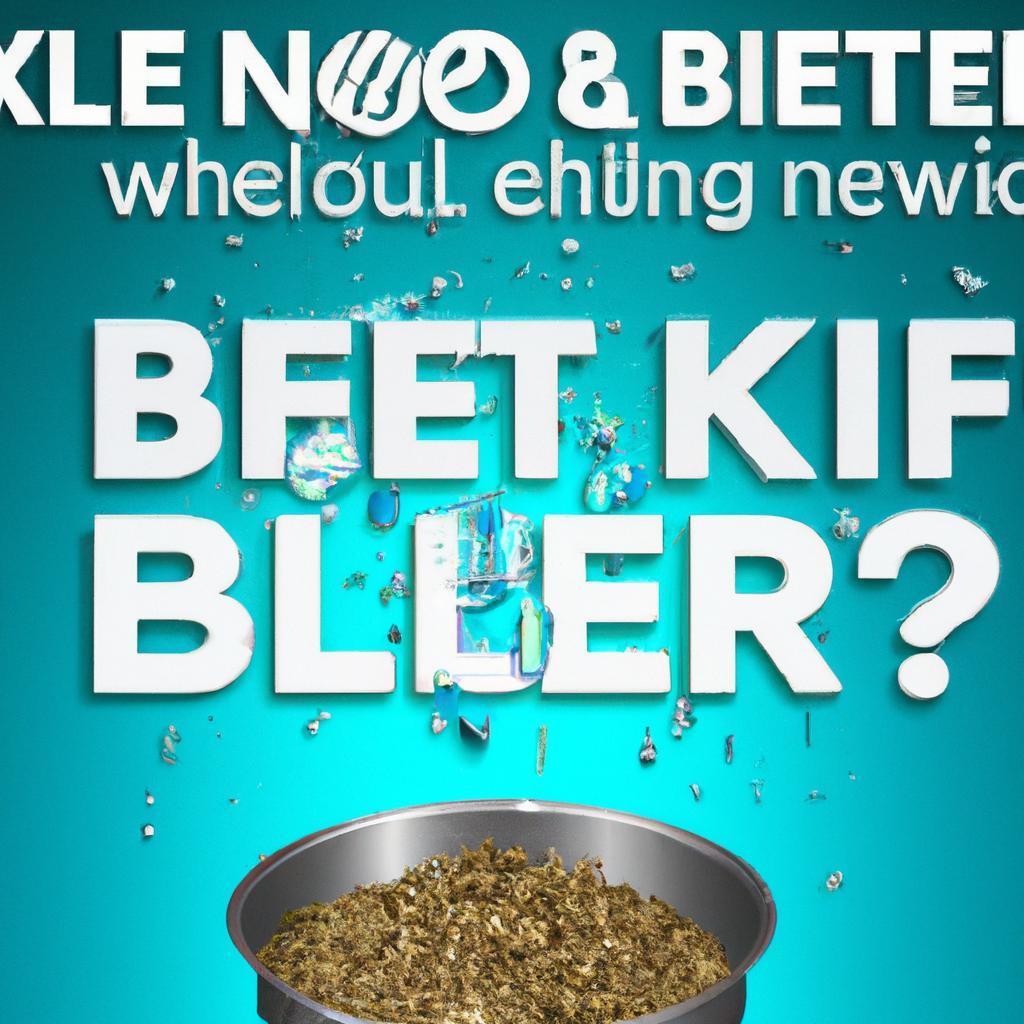Onc upon a time in a cozy little home, a curious cat named Whiskers eyed his bowl filled with dry food. His owner,Sarah,believed it was the best choice for convenience. Whiskers, however, was a connoisseur of flavors. Day after day, he nibbled at the same kibble, dreaming of the juicy morsels he once savored. One evening, Sarah noticed his lack of enthusiasm and decided to mix in some wet food. whiskers purred with delight, realizing that a balanced diet was the key to happiness. From then on, every meal was a feast!
Table of Contents
- Understanding Feline Nutritional Needs for Optimal Health
- The Pros and Cons of a Dry Food-Only Diet for Cats
- Hydration Matters: The Importance of Water Intake
- Choosing the Right Dry Food: Key Ingredients to Look For
- Q&A
Understanding Feline Nutritional Needs for Optimal Health
When considering a diet solely composed of dry food for your feline friend, it’s essential to understand that cats are obligate carnivores.This means their bodies are designed to thrive on a diet rich in animal proteins. While dry food can provide a convenient and shelf-stable option, it often lacks the moisture content that is crucial for a cat’s overall health.Cats naturally have a low thirst drive, which can lead to dehydration if their diet consists exclusively of dry kibble.
Moreover, not all dry cat foods are created equal. It’s vital to choose high-quality brands that prioritize animal protein as the primary ingredient. Look for options that contain:
- Real meat or fish as the first ingredient
- Essential fatty acids for healthy skin and coat
- Vitamins and minerals to support overall health
Additionally, some dry foods may include fillers or artificial additives that can be detrimental to your cat’s health. Always read the ingredient list and opt for products that are free from unnecessary fillers like corn or soy.
Another critical aspect to consider is the balance of nutrients. Cats require specific amino acids, such as taurine, which are primarily found in animal tissues. A diet lacking in these essential nutrients can lead to serious health issues over time. Thus, if you choose to feed your cat dry food exclusively, ensure that it is indeed formulated to meet the complete nutritional requirements set by veterinary standards.
Lastly, incorporating wet food into your cat’s diet can provide numerous benefits.Wet food not only offers additional moisture but also tends to be more palatable for many cats. mixing dry and wet food can create a balanced diet that supports hydration and satisfies your cat’s natural cravings. Ultimately, consulting with a veterinarian can help tailor a diet plan that meets your cat’s specific needs, ensuring they remain healthy and happy.
The Pros and Cons of a Dry Food-Only Diet for Cats
When considering a dry food-only diet for cats, there are several advantages that can make it an appealing choice for pet owners. **convenience** is one of the most notable benefits; dry food is easy to store, measure, and serve. It also has a longer shelf life compared to wet food, reducing waste and making it a practical option for busy households. additionally, many dry cat foods are formulated to provide a complete and balanced diet, ensuring that your feline friend receives essential nutrients.
Another positive aspect is **dental health**. Chewing on dry kibble can help reduce plaque and tartar buildup on a cat’s teeth,promoting better oral hygiene.This can be particularly beneficial for cats that are prone to dental issues. Moreover, dry food can be more cost-effective than wet food, allowing pet owners to save money while still providing their cats with quality nutrition.
However, there are also notable drawbacks to a dry food-only diet that should not be overlooked. One major concern is **hydration**. Cats are naturally low drinkers, and dry food contains considerably less moisture than wet food. This can lead to dehydration, especially in cats that do not drink enough water. chronic dehydration can result in serious health issues, including urinary tract problems and kidney disease.
Moreover, some cats may struggle with **weight management** on a dry food-only diet. Kibble is calorie-dense, and without proper portion control, it can lead to obesity. Additionally, certain dry foods may contain fillers and artificial ingredients that do not provide optimal nutrition. It’s essential for cat owners to carefully read labels and choose high-quality dry food that meets their pet’s specific dietary needs, ensuring a balanced approach to their overall health.
Hydration Matters: The Importance of Water Intake
Water is essential for all living beings, including our feline friends. While cats are known for their ability to conserve water, it’s crucial to ensure they receive adequate hydration to maintain their overall health. A diet consisting solely of dry food can lead to insufficient water intake, which may result in various health issues. Cats that primarily consume dry kibble may not drink enough water to compensate for the moisture they miss out on, leading to potential dehydration.
Dehydration can have serious consequences for a cat’s health.It can affect their kidney function, leading to conditions such as urinary tract infections and kidney stones. Additionally, a lack of hydration can cause constipation, making it uncomfortable for your cat to relieve itself.To prevent these issues, it’s important to monitor your cat’s water intake and encourage them to drink more, especially if they are on a dry food diet.
There are several ways to promote hydration in cats that eat dry food. consider the following strategies:
- Provide fresh water daily: Ensure your cat has access to clean, fresh water at all times. Change the water regularly to keep it appealing.
- Use a water fountain: Many cats are attracted to running water. A pet water fountain can encourage them to drink more.
- Incorporate wet food: Mixing wet food with dry kibble can increase moisture intake. Wet food contains a significant amount of water,which can help balance their diet.
- add water to dry food: If your cat is resistant to wet food, try adding a little water to their dry kibble to enhance hydration.
Ultimately, ensuring your cat stays hydrated is a vital aspect of their care. While dry food can be a convenient option, it should not be the sole component of their diet. By being proactive about your cat’s water intake, you can help prevent health complications and promote a longer, healthier life for your furry companion. Remember, hydration is just as critically important for cats as it is indeed for humans, and every little effort counts in keeping them well-hydrated.
Choosing the Right Dry Food: Key ingredients to Look For
When selecting dry food for your feline friend, it’s essential to focus on the quality of the ingredients. Look for a product that lists a high-quality source of protein as the first ingredient. Cats are obligate carnivores, meaning their diet should primarily consist of meat.Ingredients such as **chicken**, **turkey**, or **fish** should be at the top of the list, ensuring your cat receives the necesary amino acids for optimal health.
In addition to protein, consider the presence of **healthy fats**. Ingredients like **chicken fat** or **fish oil** not only provide energy but also support a shiny coat and healthy skin. Omega-3 and Omega-6 fatty acids are particularly beneficial,so check for their inclusion in the ingredient list. These fats play a crucial role in maintaining your cat’s overall well-being and can help reduce inflammation.
Another important aspect to examine is the inclusion of **carbohydrates**.While cats do not require a high carbohydrate intake, some dry foods contain grains or fillers that can lead to obesity and other health issues. Opt for formulas that use **whole grains** like **brown rice** or **oats**, or even better, those that rely on **vegetables** such as **peas** or **sweet potatoes** for their carbohydrate content. This ensures your cat gets the necessary fiber without unnecessary fillers.
Lastly, don’t overlook the importance of **added vitamins and minerals**. A well-balanced dry food should contain essential nutrients such as **taurine**, **vitamin E**, and **zinc**. These components are vital for your cat’s heart health, immune system, and overall vitality.Always check for a statement from the Association of American Feed Control Officials (AAFCO) on the packaging, which indicates that the food meets the nutritional standards for your cat’s life stage.
Q&A
-
Is dry food sufficient for a cat’s diet?
Yes, dry food can be a complete diet for cats, provided it meets the nutritional standards set by organizations like AAFCO. Though, it’s essential to choose high-quality brands that contain the right balance of proteins, fats, vitamins, and minerals.
-
Will my cat stay hydrated on dry food alone?
Dry food contains very little moisture, which can lead to dehydration if your cat doesn’t drink enough water. always ensure fresh water is available, and consider incorporating wet food to increase hydration.
-
Can feeding only dry food lead to health issues?
feeding only dry food can contribute to certain health problems, such as obesity and urinary tract issues, especially if the food is high in carbohydrates. Regular vet check-ups and monitoring your cat’s weight are crucial.
-
Should I mix dry food with wet food?
Mixing dry food with wet food can provide a balanced diet, enhance hydration, and make meals more appealing. This combination can also help prevent dental issues associated with solely dry food diets.
while dry food can be a convenient option for your feline friend, it’s essential to ensure a balanced diet that meets their nutritional needs. Always consult your vet to keep your cat healthy and happy, one kibble at a time.

大家好,我是彼得潘,專業的手法身體治療師。我喜歡探索和研究各種主題,並透過與人工智慧的合作分享專業、實用、有趣的文章。我們定期進行人工審核,以確保內容的準確性。如果您發現文章中有任何不準確的地方,請隨時與我們聯繫,我們會及時糾正。您可以透過 [email protected] 與我們聯繫。



